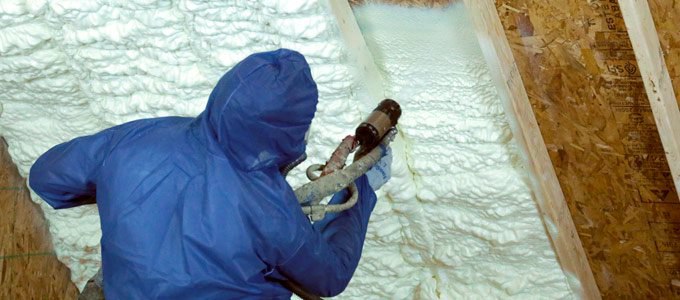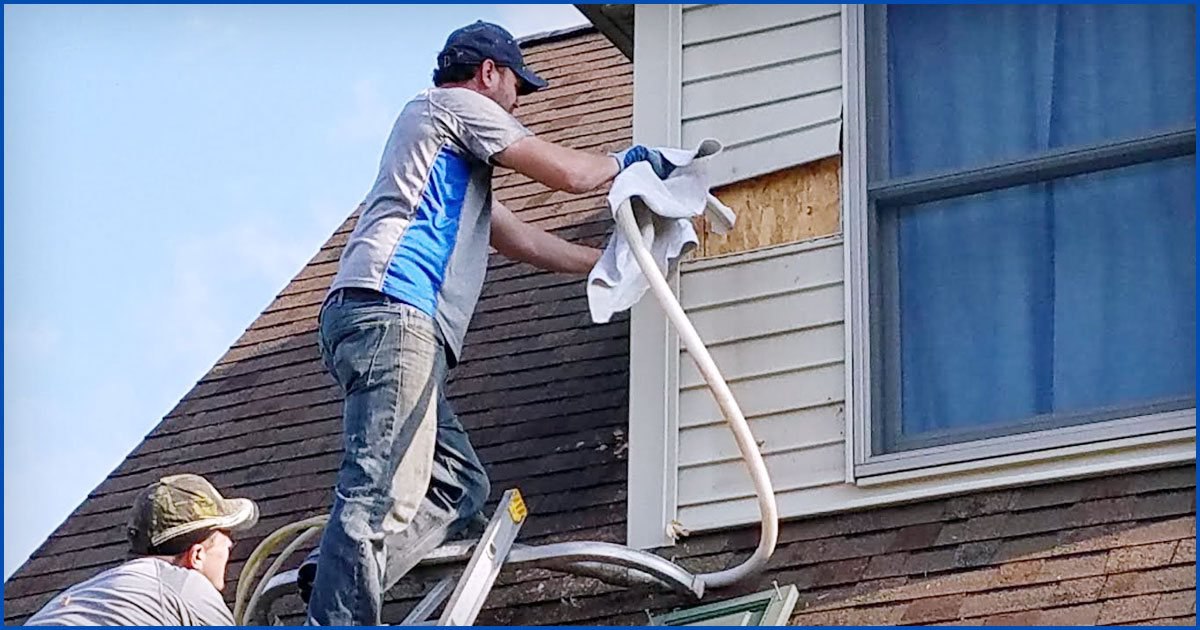Foam Insulation: Keeping Your House Cool in the Summer
injection foam insulation | spray foam insulation | existing home insulation


Have you ever wondered about the magic of foam insulation that it can keep a house not only warm in the winter but nice and cool in the summer?
Well, it’s not so much magic as it is an air barrier and a little science, but don’t worry, it’s not too complicated.
RetroFoam of Michigan has more than 17 years of experience insulating thousands of homes across the Lower Peninsula and greater Toledo area. We know that foam insulation creates the best air barrier that keeps cool air inside and hot summer temperatures outside.
It’s important for homeowners to keep their homes cool, but without running their AC unit at all times, running up their monthly energy bills. We want to educate homeowners on how foam insulation can help keep their homes cool in the summer without costing a fortune each month.
How Foam Insulation Keeps Your Home Cool in the Summer

Keeping a home cool in the summer months is usually done by running either a window air conditioning unit or a central air unit. These machines are the only thing that creates cold air, as every other appliance radiates heat.
The AC unit and central air unit force the cooler air throughout your house, and when it is properly sealed with insulation, it keeps the air circulating as well.
Here is where insulation plays a big role in maintaining a constant, comfortable temperature.
It is important to understand how insulation impacts the conduction – heat transfer – and the convection – airflow – which both contribute to the comfort and energy efficiency of a home.
Conduction is the heat transfer from physical touch, so when the siding of a home gets hot from the sun, it will then make the studs inside the cavity hot. That heat will then transfer to the drywall and the inside of the house.
Convection is heat transferring through airflow. When it’s hot outside and there is any kind of wind, that hot air can move against the house and find a way in through any gaps or holes. Once it gets inside the stud cavity, it will find its way into the home through electrical outlets and creases in unfinished drywall.
If you don’t have adequate insulation, there is no barrier to keep that heat from getting inside. Foam insulation creates an air seal that keeps that hot air outside.
Air Barrier Makes All the Difference

Injection foam insulation in your existing walls and spray foam insulation in the attic, crawl space, and rim joist completely fill the spaces where they are installed, including any gaps and crevices which will stop any air leakage and movement.
This air seal will also help to keep the air circulating throughout your home without making a break for it, especially if your entire home is insulated with foam. Completely sealing your building envelope makes your home more comfortable and also more energy efficient.
Traditional forms of insulation, like fiberglass or cellulose, poorly protect a home from airflow and leakage, thus making those materials a poor choice for insulation. When it comes to reducing air leakage, foam insulation is the best option as it provides both heat resistance and an air seal.
Another bonus of having an air barrier in your home is that your air conditioner won’t run constantly in an effort to maintain a constant temperature. This will save you money in the long run on your monthly energy bills as well as maintenance on your AC unit.
Creating an air seal in your home creates a barrier that will hold in those comfortable cooler temperatures while keeping the heat outside. This air barrier is great for making your home more comfortable while saving you money on your monthly energy bills.
Homeowners can save around 10 percent on their total energy bills just by sealing air leaks before adding insulation, according to DTE Energy. After the addition of foam insulation, a homeowner could save up to 50 percent on their monthly energy bills.
Getting Foam Insulation for Your Home
Now that you have read how foam insulation forms an air barrier that will help you beat the summer heat, you may have more questions about the benefits of spray foam and injection foam year-round.
You can find more information on foam insulation and how it can make your home more comfortable at our Learning Center.
Related Articles
My Attic is Very Hot! How to Cool Down and Fix a Hot Attic
How to Prevent Cold Floors in the Winter
How Much Money Will Foam Insulation Save on Monthly Energy Bills?
About Amanda Emery
Amanda previously has worked as a breaking news and crime reporter, TV news producer, and editor in Flint and Detroit. Throughout her career as a journalist, she has won several awards from The Society of Professional Journalists - Detroit Chapter and the Michigan Press Association. As part of the RetroFoam of Michigan family, Amanda uses her experience as a journalist to write content that will help educate homeowners on the benefits of foam insulation. When Amanda isn’t writing, she’s spending time with her husband and rescued huskies. She also loves knitting, making art, cooking, and hosting dinner and a movie night for friends and family.



